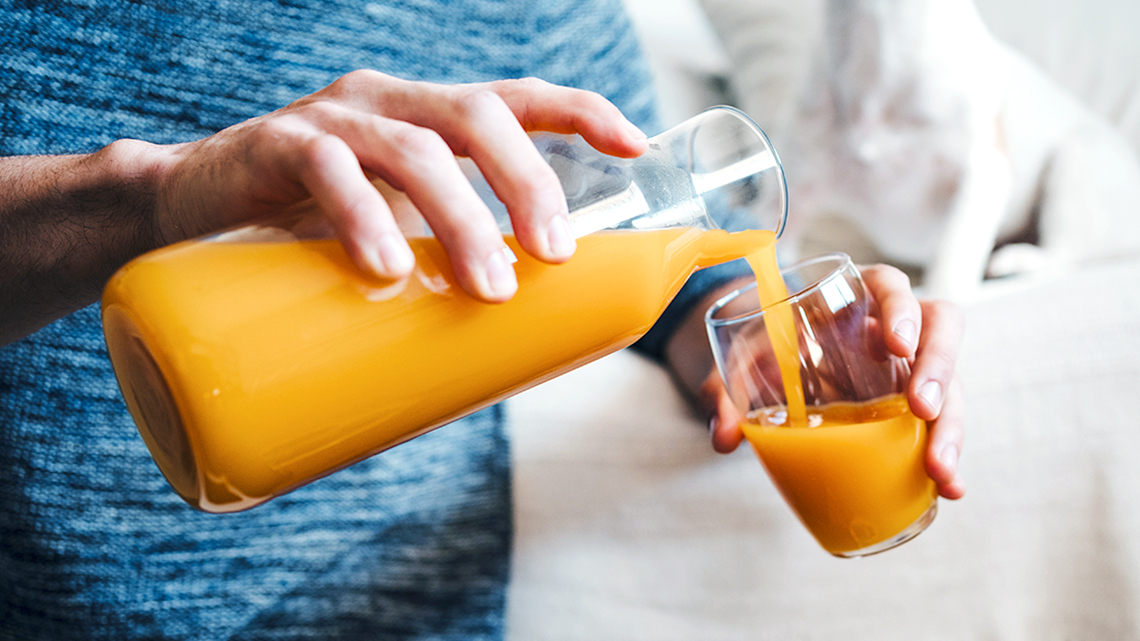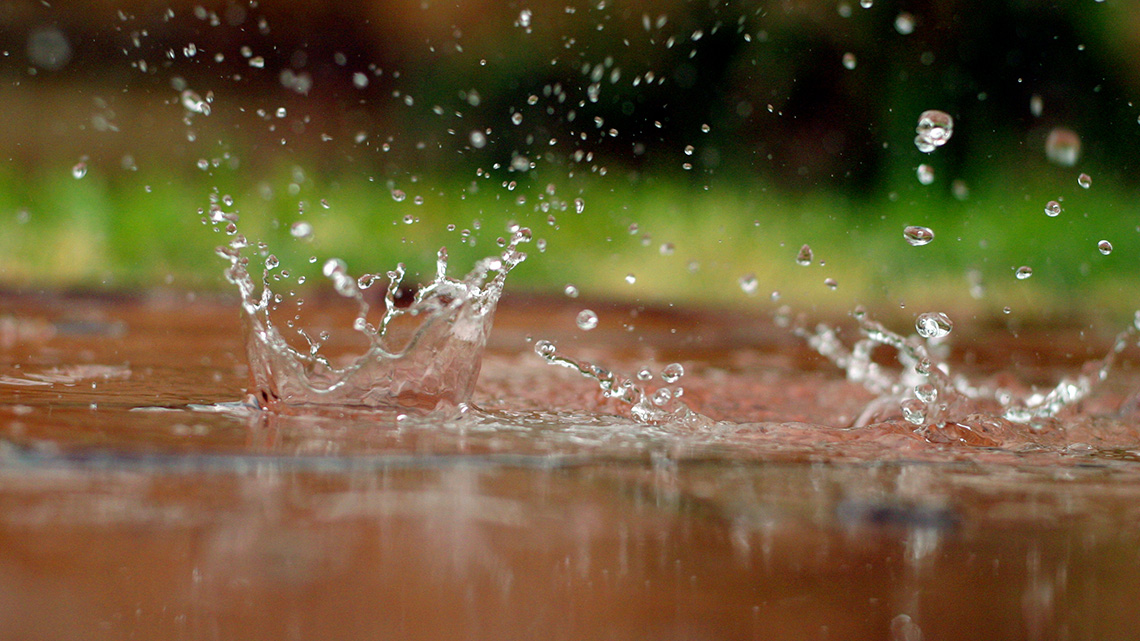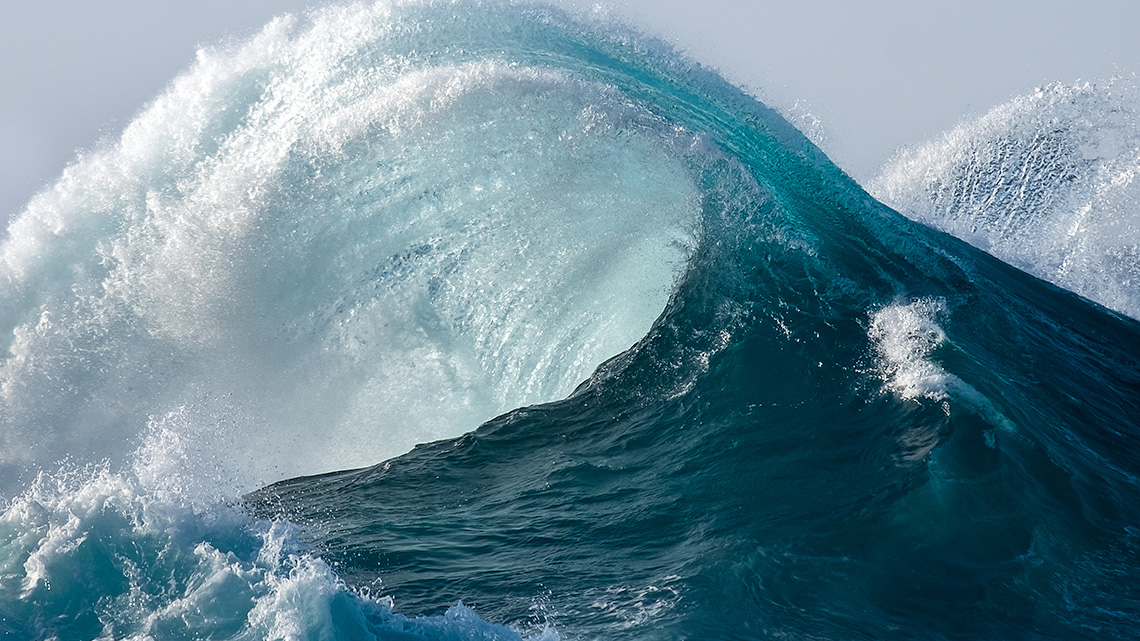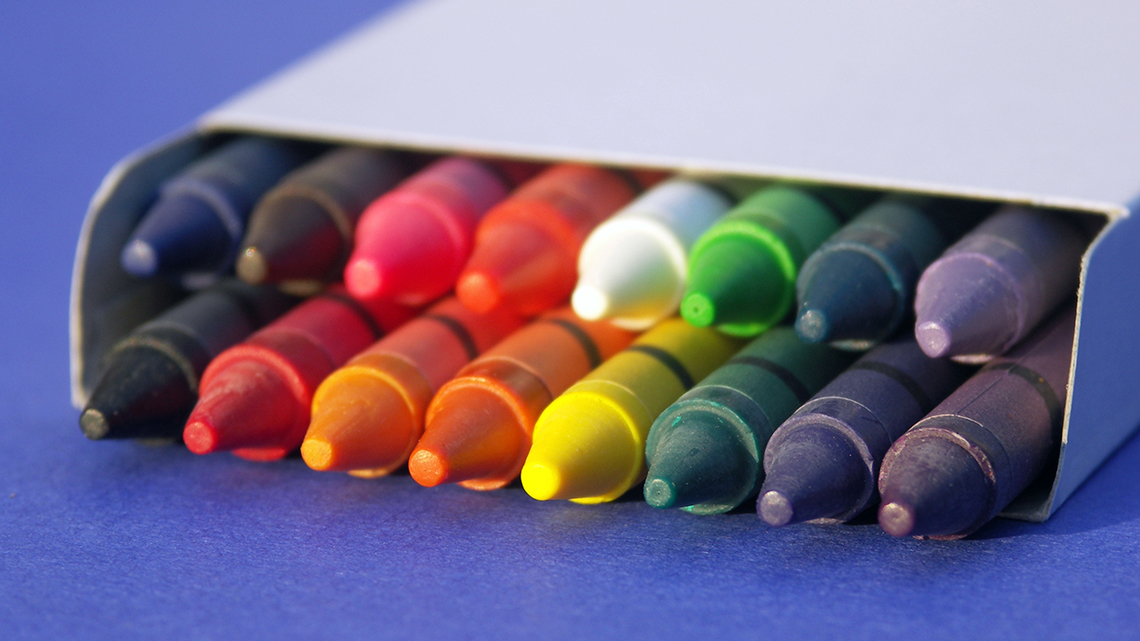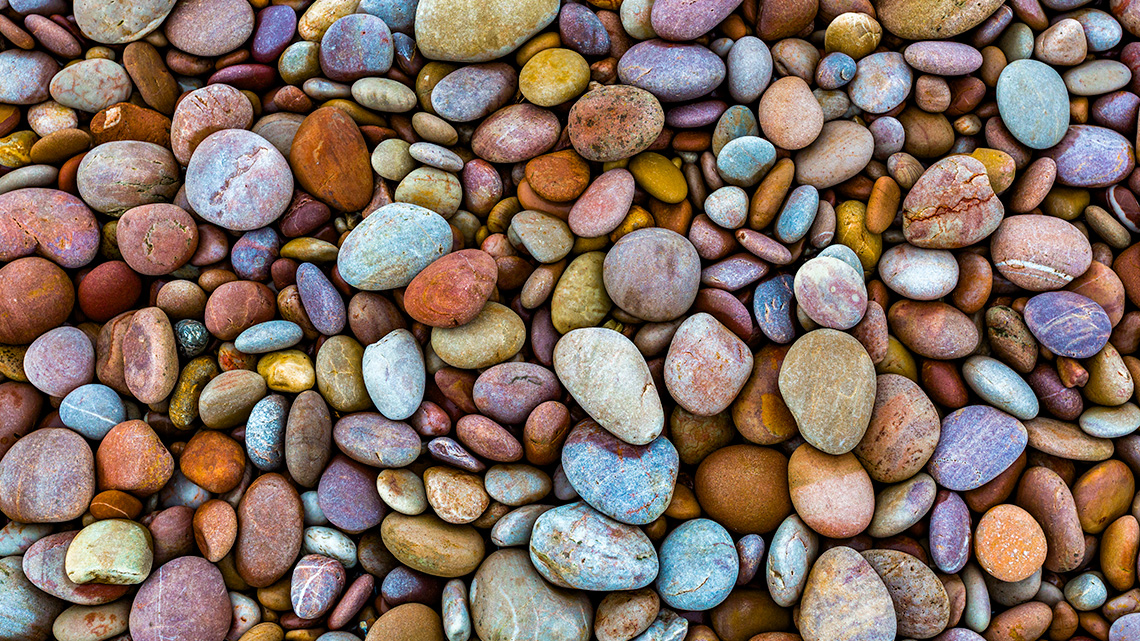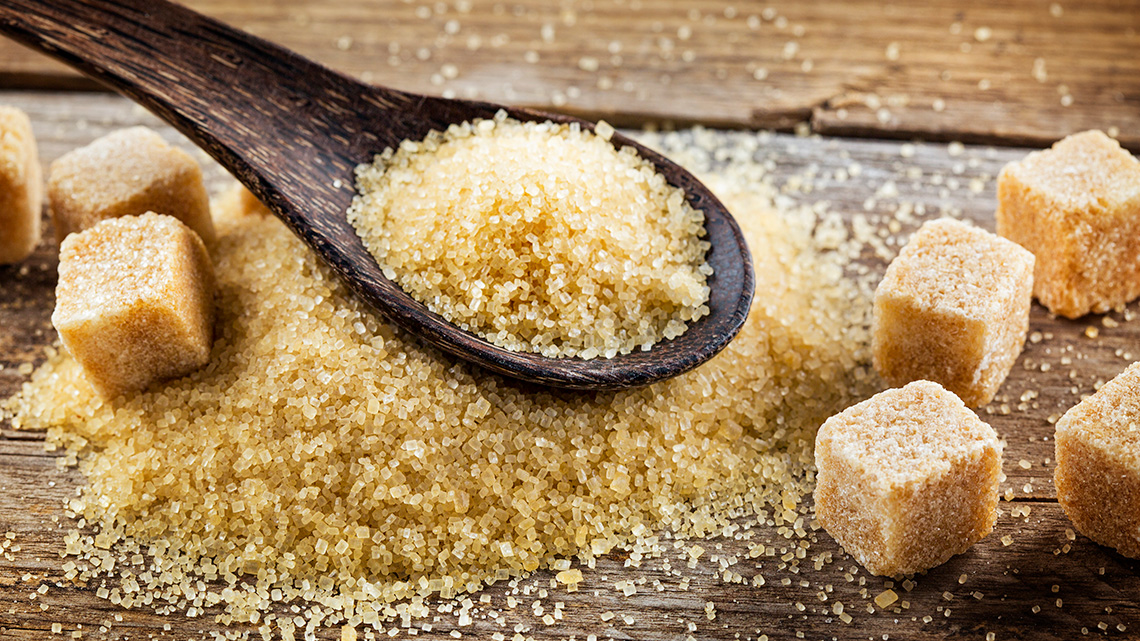Minds On
Let’s get started!
Examine the following set of images and descriptions.
What do the items have in common?
How would you describe them?
Let’s examine another set of images and descriptions.
What do the items have in common?
How would you describe them?
Action
Solids and liquids
Everything around us is made of something called matter.
There are three main states of matter: solid, liquid, and gas.
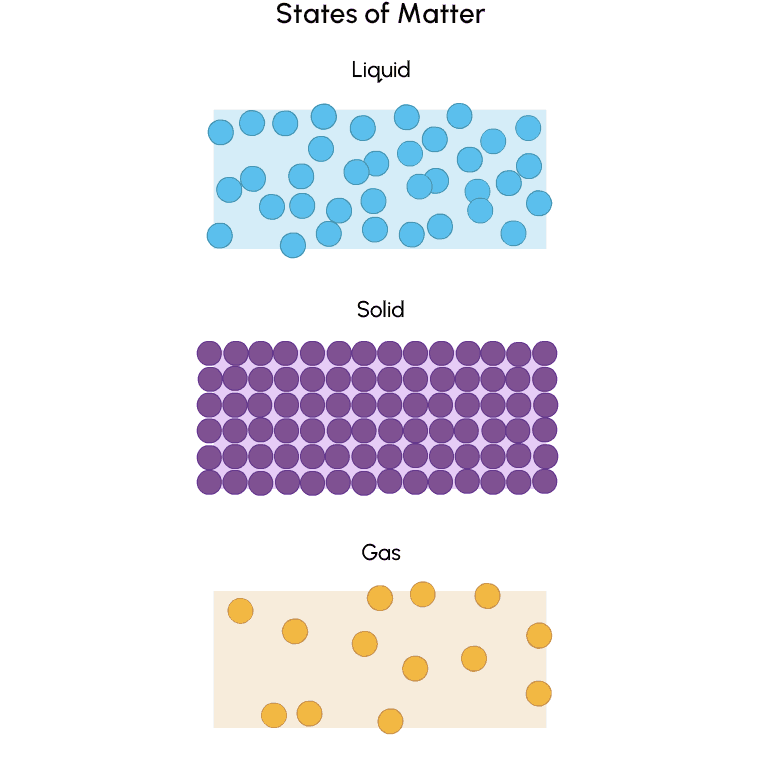
The three states of matter: liquid, solid, and gas. For liquid, some dots are moving around somewhat freely. For solid, many dots are packed tightly together. For gas, a few dots are moving around quite quickly.
In this learning activity, we will focus on solids and liquids.
Solids and liquids both have properties.
Press ‘Property’ to find out the definition of property.
In Science, a property is a characteristic that you can use to describe a thing.
Properties can include its colour, shape, size, texture (how it feels), if/how it bends, smell, and taste.
Let’s explore the properties of solids and liquids!
Solids
- cannot be poured
- keep their shape
Liquids
- can be poured
- take the shape of the container they are in

A discussion between Teacher A and Teacher B. Teacher A: “Are liquids and solids opposite?” Teacher B: “Interesting question, Teacher A! They are different, but they’re not the opposite. Take, for example, sugar. Sugar is a solid, but it can still be poured from a bag.” Teacher A: “Oh yeah! But we know it’s a solid because each individual sugar granule keeps its own shape.” Teacher B: “Exactly!”
Check your understanding!
Let’s return to the items we explored in the Minds On section. Let’s try sorting each item! Is it a solid or a liquid?
Can we mix solids and liquids together?
Solids and liquids can be combined to create a mixture.
Some materials mix evenly, and it is hard to tell them apart.
For example, salt (solid) and water (liquid) can be combined.
Some materials do not mix evenly and separate over time.

Mixing water and salt together.
Teacher A is helping a learner stir salt into a glass of water. Teacher A says, "Sometimes the salt will not disappear completely. This is ok! We know that salt and water mix because the salt (solid) breaks down into small parts throughout the water (liquid)."

Orange juice pulp settles to the bottom of a glass.
For example, orange pulp (solid) and orange juice (liquid) in freshly squeezed orange juice.
Shaking the mixture mixes the pulp and juice. But eventually, the pulp will settle at the bottom of the container.
Some materials do not mix at all!
Pause and Reflect
Pause and reflect
Can you think of a solid and liquid that can be combined to create something new?
Identify the solid and the liquid in your response.
Record your ideas digitally, orally, or on paper.
Press ‘Possible Answer’ to find out a mixture!
Milk and chocolate powder can be mixed together to create chocolate milk.
Milk is a liquid and chocolate powder is a solid.
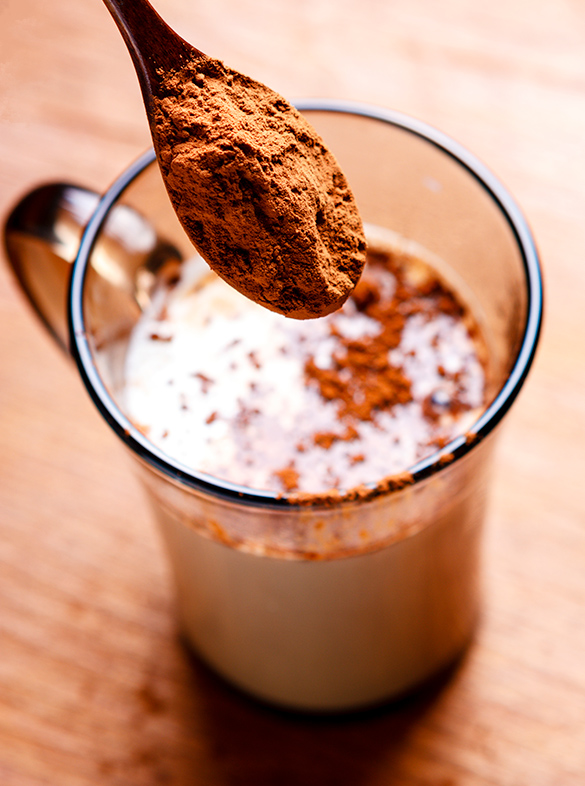
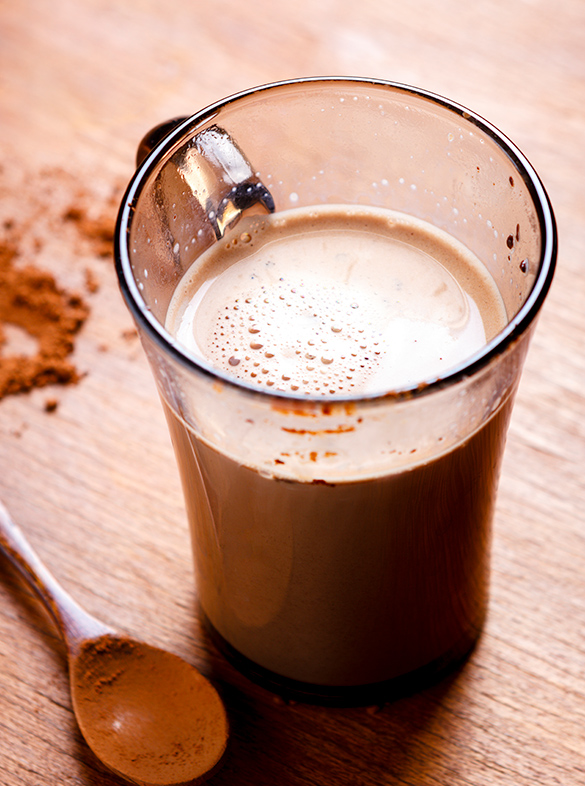
Experiment: Do they mix?

When you do an experiment, you are trying to find out the answers to the questions you asked.
Let’s explore what happens when we try to mix different solids with water (liquid).
It’s time to experiment!
The following experiment investigates what happens when we mix different solids with water (liquid).
Safety
Before you explore the following experiment, let’s perform a safety check.
Experiment 1: Do they mix?
Hands-on Science
Hands-on science
Press the following tabs to access the materials needed and the experimental procedure for the Do They Mix? experiment.
If you do not have access to materials, check out the ‘Video demonstration’ tab to explore the experiment in action.
You can use the video to predict what you think will happen, make your observations and draw your conclusions.
Check out the following list of materials you will need, if possible:
- 4 clear containers (e.g., drinking glass, jars, etc.)
- 4 cups of water
- 4 spoons or craft sticks for stirring
- 1 tbsp sugar
- 1 tbsp salt
- 1 tbsp flour
- 1 tbsp cooking oil
It might be a good idea to have some paper towels in case of a spill!
Carefully consider each of the following steps for your experiment.
- Step 1: Pour the same amount of water into each container.
- Step 2: Add a tablespoon of sugar into the container of water labelled “sugar”. Stir the mixture with a spoon and observe.
- Step 3: Next, add a tablespoon of salt into the container of water labelled, “salt”. Stir the mixture with a different spoon and observe.
- Step 4: After that, add a tablespoon of flour into the container of water labelled, “flour”. Stir the mixture with a different spoon and observe.
- Step 5: After that, add a tablespoon of cooking oil into the container of water labelled, “oil”. Stir the mixture with a different spoon and observe.
Check out the following video to explore a demonstration of the Do They Mix? experiment.
Please note, that the materials and steps in the video may be a little different from what is listed in the previous tabs.
Consider the following questions about your experiment:
- What did you predict would happen? Were your predictions correct?
- What have you learned about mixing different solids into water?
- Do all solids mix with water in the same way?
Complete the following fillable and printable document Lab Sheet: Do They Mix? or record your ideas digitally, orally, or on paper.
Press the ‘Activity’ button to access Do They Mix?.
|
Materials |
4 clear containers (e.g., drinking glass, jars, etc.) 4 spoons or craft sticks for stirring 4 cups of water |
1 tbsp sugar 1 tbsp salt 1 tbsp flour 1 tbsp oil |
|
Prediction What do you think will happen? |
Use pictures and/or words to record your prediction(s). |
|
|
Steps |
Step 1: Pour the same amount of water into each container. |
Step 2: Add a tablespoon of sugar into the container of water labelled “sugar”. Stir the mixture with a spoon and observe. |
|
Step 3: Next, add a tablespoon of sugar into the container of water labelled, “salt”. Stir the mixture with a different spoon and observe. |
Step 4: After that, add a tablespoon of flour into the container of water labelled, “flour”. Stir the mixture with a different spoon and observe. |
|
|
Step 5: After that, add a tablespoon of cooking oil into the container of water labelled, “oil”. Stir the mixture with a different spoon and observe. |
Step 6: Finally, finish recording what you notice and clean up after you are done. |
|
|
Observations Consider the following questions: What happened? What do you notice? Do they mix together? What do you think will happen if you leave the container sitting on the table for a few minutes? Did they stay mixed together? |
Record what you notice using pictures, numbers, and/or words. |
|
|
Think Consider the following questions: What did you predict would happen? Were your predictions correct? What have you learned about mixing different solids into water? Do all solids mix with water in the same way? Explain your thinking. |
Record your ideas using pictures, numbers, and/or words. |
|
Consolidation
Putting it all together

You should think about what you have learned. Did you learn anything new? Were your questions answered?
Return to observations you made for the Do They Mix? experiment.
Use the following questions to think about what you noticed. Make sure to explain your thinking!
- What did you predict would happen? Were your predictions correct?
- What have you learned about mixing different solids into water?
- Do all solids mix with water in the same way?
Press ‘Hint’ to consider a guiding question.
Did the solid and liquid (water) mix evenly, unevenly, or not at all?
Record your responses digitally, orally, or on paper.
Return to the Think section of your Do They Mix? lab sheet in your notebook or use the following fillable and printable document. If you would like, you can use speech-to-text or audio recording tools to record your thoughts.
Let’s check our learning!
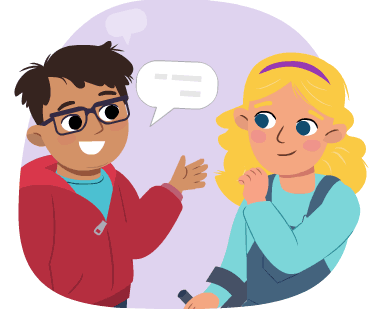
What are the properties of liquids and solids?
For each statement, decide if they are true or false.
Reflection
How do you feel about what you have learned in this activity? Which of the next four sentences best matches how you are feeling about your learning? Press the button that is beside this sentence.
I feel…
Now, record your ideas about your feelings using a voice recorder, speech-to-text, or writing tool.
